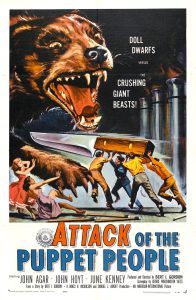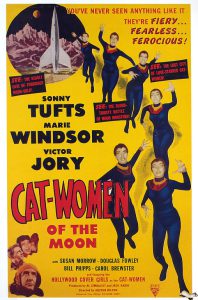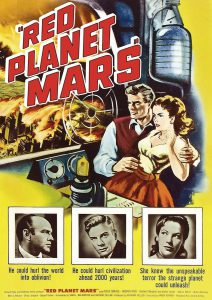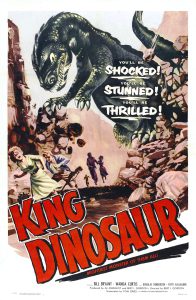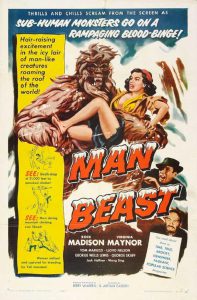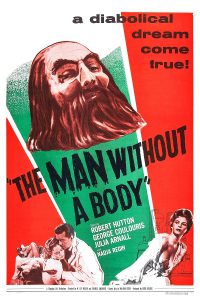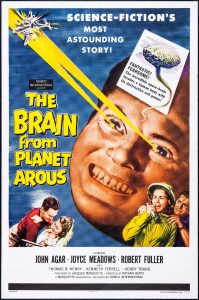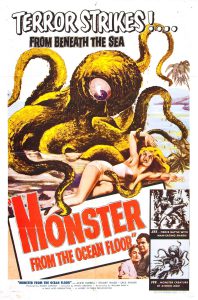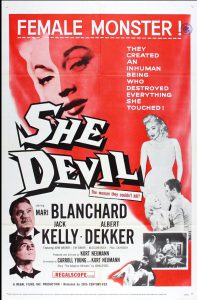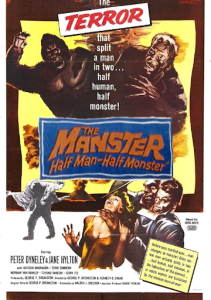 The Manster (1959) by #GeorgePBreakston #KennethGCrane
The Manster (1959) by #GeorgePBreakston #KennethGCrane
w/#PeterDyneley #JaneHylton #TetsuNakamura #TerriZimmern
An American journalist stationed in Japan is given a mysterious injection by a mad scientist, turning him into a murderous, two-headed monster.
“The TERROR that split a man in two… half human, half monster!”
#Horror #SciFi
#NotQuiteClassicCinema
#FridayNightAtTheHomeDriveIn
The Manster (1959) opens with what appears to be two bathing beauties – perhaps naked – in a natural pond of some sort. Then we see another woman inside of a house with shoji, or “doors, windows, and room dividers used in traditional Japanese architecture, consisting of translucent (or transparent) sheets of paper on a lattice frame.”
Suddenly, a shadowy figure appears and slides the shoji closed, obscuring the woman from our sight. We see, through the shoji, as the woman’s shadow is attacked by the shadow of what could only be a wild beast of some sort. As blood spray hits the closed room divider, and the title sequence begins, we realize that we are watching one of the finest motion pictures ever produced… Continue reading

